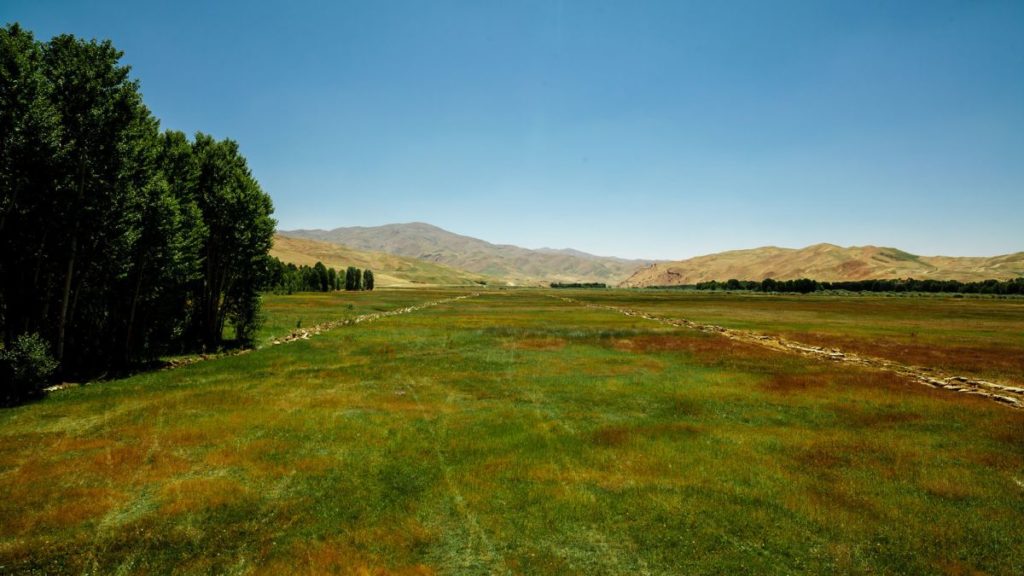500 truckloads of soil, 10,000 trees planted, and a year of hard work, and the new airstrip in the Central Highlands is complete! On October 6th, 2020 the first plane landed on the new airstrip, surrounded by a crowd that included the district governor, the police chief, and the director of security.
Why an airstrip matters to our work
The airstrip is more than just a 700 x 30 metre area for planes to land – it also means increased access to our work, and the work of other NGOs, in the Central Highlands. There hasn’t been an operating airstrip in the Central highlands for five years. With a UN helicopter coming only twice a week, and often less if there are not enough passengers or if the weather conditions are poor, team members would had to drive five hours – or often double that in the thick of winter, when snow makes the mountain passes a challenge to traverse – to get to the nearest airport.
John’s Story
“If I couldn’t have gotten out, it could have been deadly, or caused major damage to my heart.”
John, one of IAM’s workers in the Central Highlands, can testify to the difference having an airstrip makes. “I had a heart attack the day after Christmas,” he says. “We were out in the mountains, hiking and snowmobiling… I had a lot of adrenaline and started having chest pain. I knew something was wrong.”
John’s family managed to get him back home and to the local hospital, where the local doctor confirmed he was having a heart attack. By 8 am the next morning, he was on a PACTEC flight out of the Central Highlands, and by that afternoon he was in hospital in Dubai where he received the treatment he needed. Ten years later, John is healthy and still serving in this remote region, but knows that the risks were higher when the old airstrip that was used to save him from major heart damage stopped operating five years ago.
Now, having an operating airstrip means that John and workers like him can continue to support IAM’s Community Development Project, building capacity and helping to carry out the life-changing work of saving the lives of mothers and their babies, providing clean, safe water and sanitary latrines, helping people learn to read and write, improving agricultural yields, helping people learn to grow and cook their own vegetables, and so much more.
The process
Many of the IAM local staff and two expatriate volunteers were involved in the process of building the new airstrip, one provided technical support, others worked on the airstrip itself – which included spending over three months leveling the edges by hand – and still others worked primarily on planting the 10,000 trees in the area.
Once the soil was brought in, a tractor worked to level it out. This was followed by compaction and compression, and finally, the task was completed: not only the airstrip, but also a concrete pad for planes, a parking lot, and a road into the airstrip.
Thankful and looking forward
IAM workers that helped to make this airstrip a reality were among the people watching that first plane land in early October, and look forward to many more successful flights to come. You can read more about the work that this airstrip affects here.
